MANX SUEDE
Share
High Ankle Safety Shoes
-
UPPER: Genuine Suede Leather + Black /White Cordura
-
LINING: Breathable, Comfortable Grey Air Mesh
-
STEEL TOE: Tested up to energy levels of 200 Joules
-
INSOCKS: Removable EVA Polyamide Antistatic
-
SOLE: Abrasion Resistant , Antiskid, Fuel Resistant, Shock Absorbent OLIVER Double Density PU sole. Midsole Black, Out Sole Grey
-
Certification Norms: Compliant with EN ISO 20345:2011 certification standards.
Impact Resistant
Oil Resistant
Slip Resistant
Hydrocarbon Resistant
Energy Absorbent Heel
EN 20345:2022
Delivery & Services

Easy Return
with our 15 days return poicy
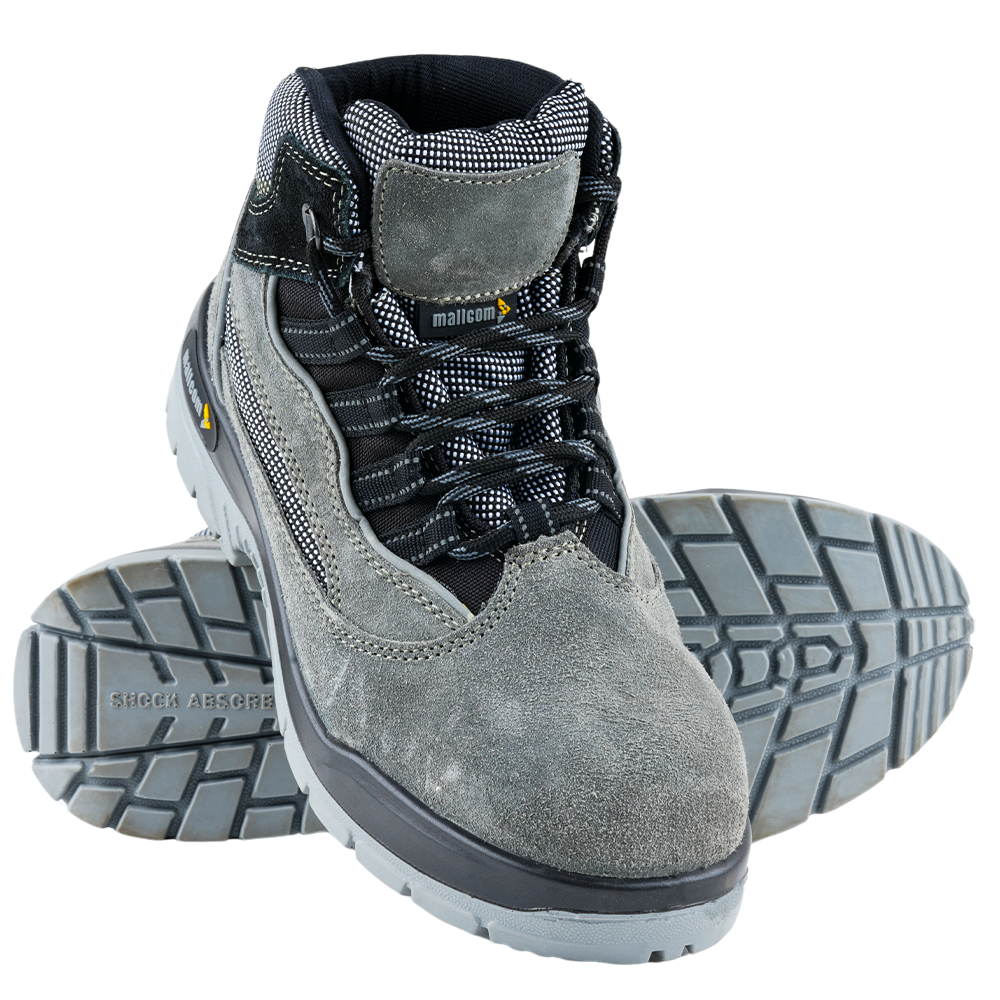

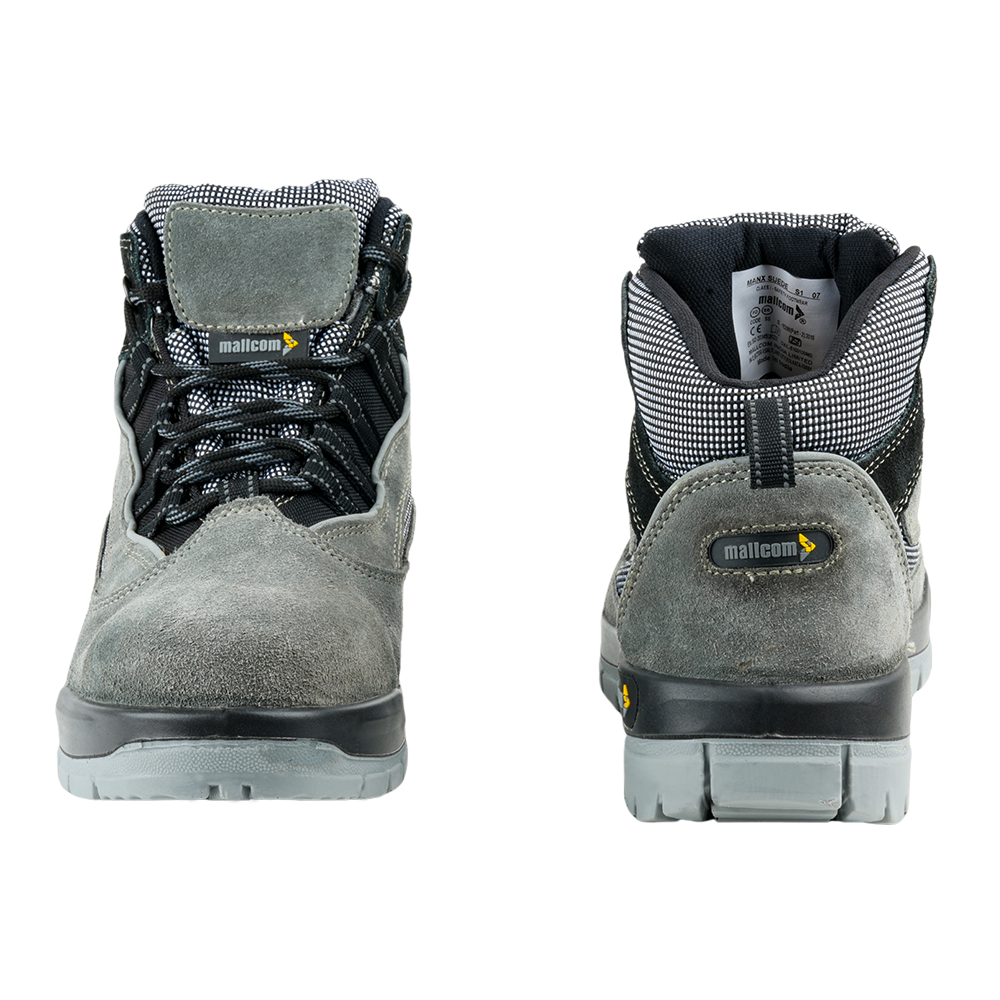
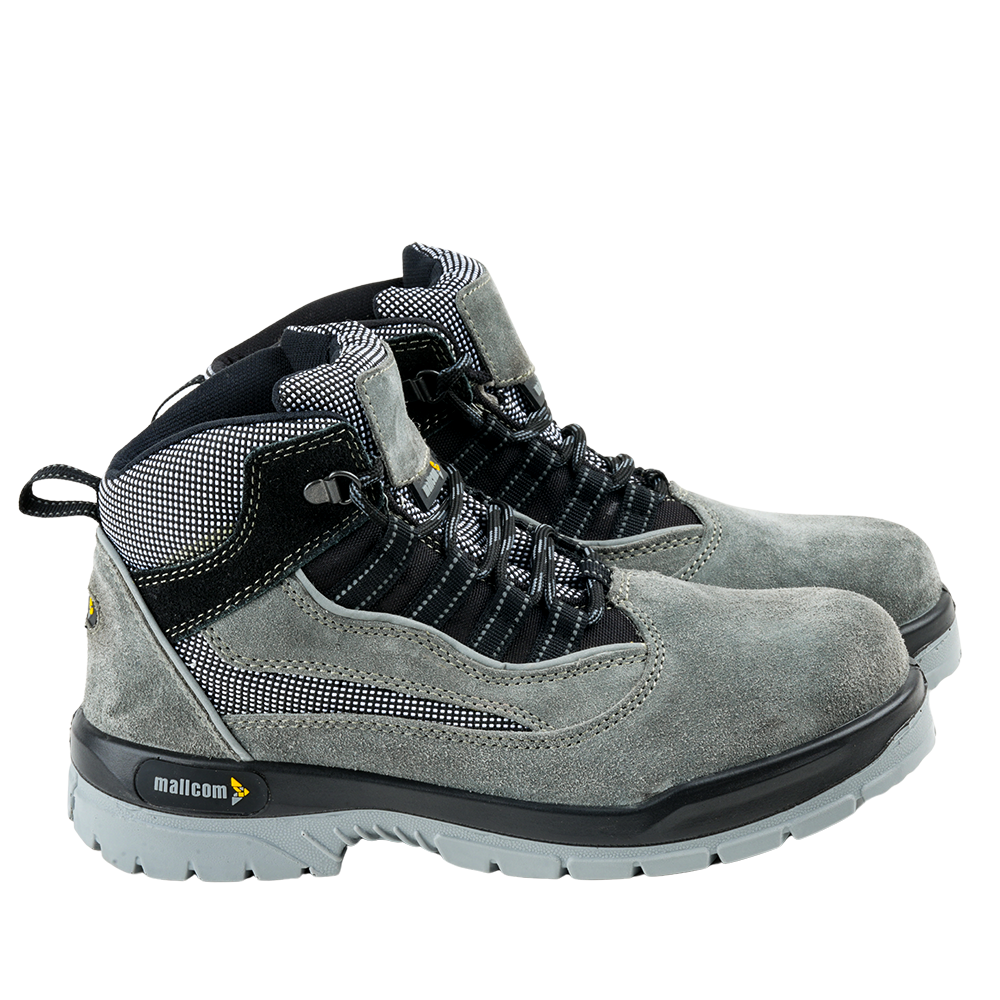

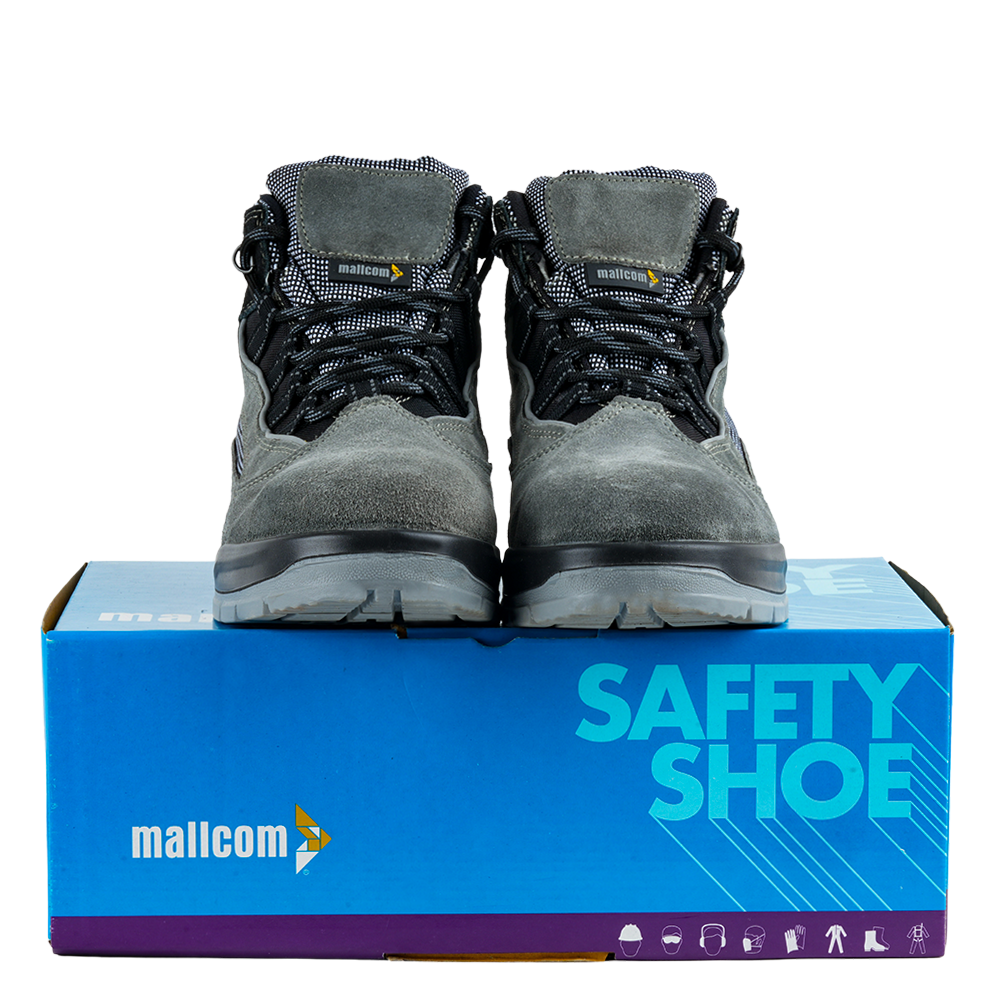

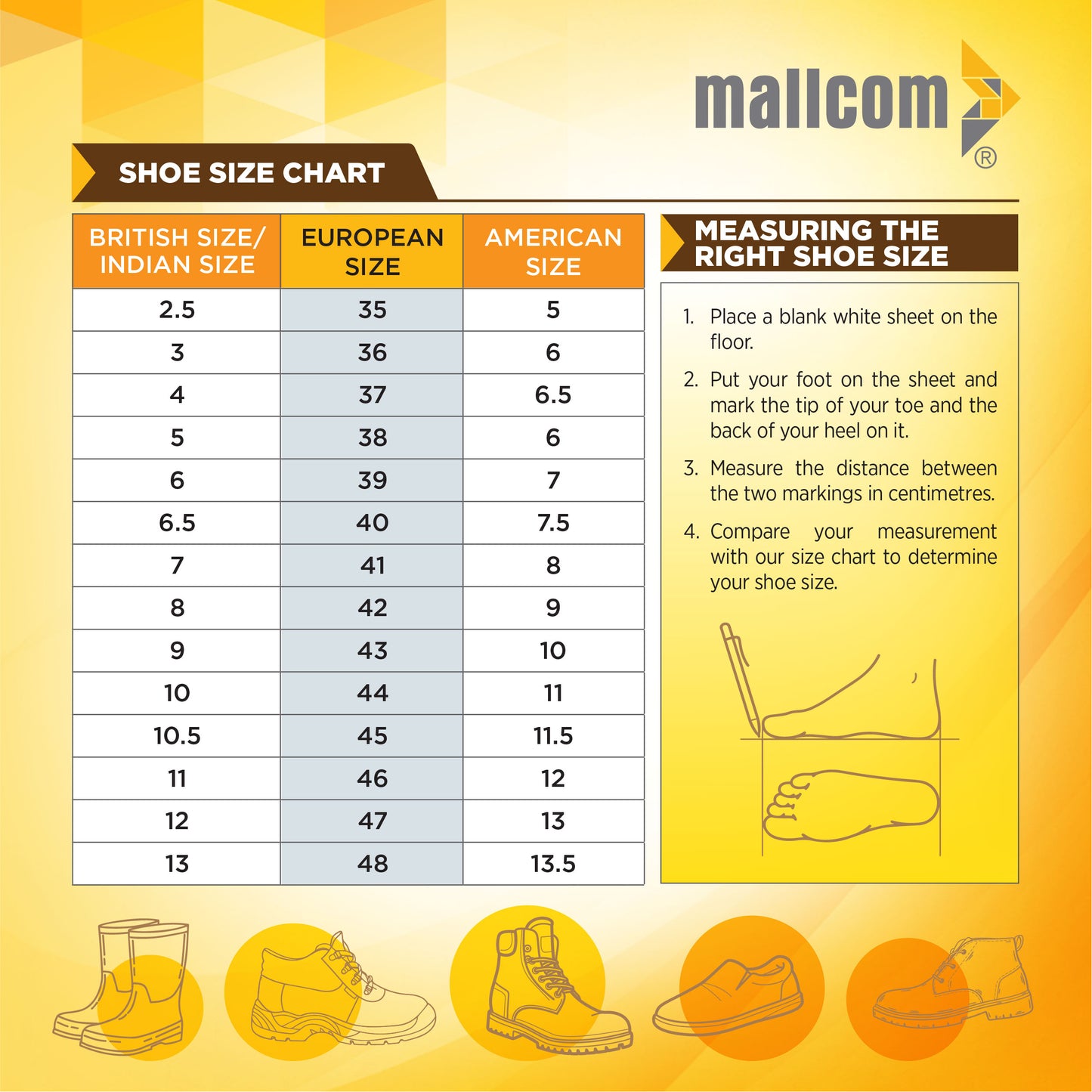
ABOUT THE DESIGN
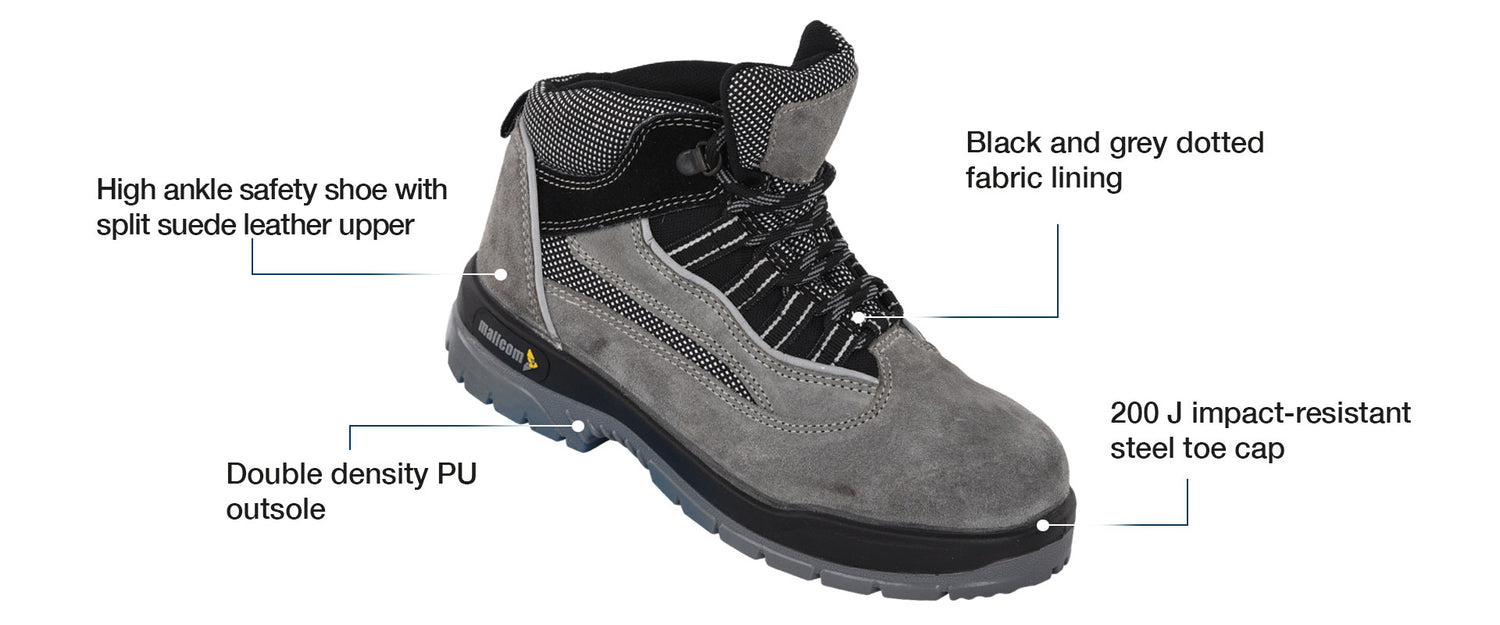
USEFUL IN THESE INDUSTRIES
ELECTRONICS
HOSPITALITY
LOGISTICS
PHARMACEUTICAL

Product Features
ABOUT THE DESIGN
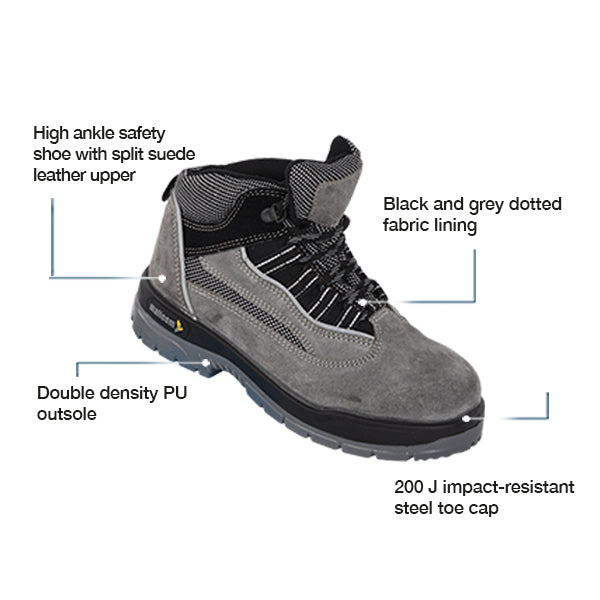
USEFUL IN THESE INDUSTRIES
ELECTRONICS
HOSPITALITY
LOGISTICS
PHARMACEUTICAL
Product Details









































